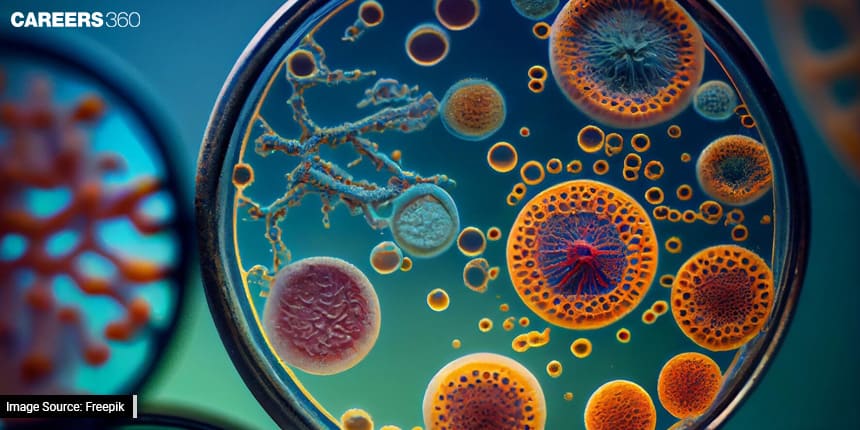Endosymbiotic Theory: The Evolution Of Eukaryotic Cells
The cellular world is divided into two major domains: prokaryotes and eukaryotes. While prokaryotic cells, represented by bacteria and archaea, are relatively simple and lack membrane-bound organelles, eukaryotic cells boast a complex internal structure with distinct organelles enclosed within membranes.
This Story also Contains
- What Is The Endosymbiotic Theory?
- Core Principles of the Endosymbiotic Theory
- Evolutionary Significance and Cellular Complexity

What Is The Endosymbiotic Theory?
The Endosymbiotic Theory, proposed by Lynn Margulis in the 1960s, provides a compelling explanation for the origin of eukaryotic cells, proposing that mitochondria and chloroplasts within these cells originated from free-living prokaryotic organisms through a symbiotic relationship. This theory reshapes our understanding of cellular evolution, and this article delves into its key principles and supporting evidence.
Core Principles of the Endosymbiotic Theory
Ancient Symbiosis Leading to Cellular Complexity
The theory proposes that mitochondria and chloroplasts have a prokaryotic origin, specifically from engulfed bacteria.
Mitochondria are believed to have evolved from aerobic bacteria, while chloroplasts originated from photosynthetic bacteria.
The symbiotic relationship between the ancestral eukaryotic cell and these engulfed bacteria was mutually beneficial, leading to the integration of these organelles into the host cell.
Evidence Supporting the Theory
Structural Resemblance
Mitochondria and chloroplasts exhibit similarities in size, shape, and genetic makeup to free-living bacteria.
The double membrane structure of these organelles aligns with the hypothesis of engulfment, suggesting the initial formation of a protective vesicle around the engulfed bacteria.
Genetic Evidence
Mitochondria and chloroplasts possess their own circular DNA, akin to bacterial DNA.
This DNA is distinct from the nuclear DNA of the host cell, indicating a separate evolutionary origin.
Independence and Replication
Mitochondria and chloroplasts replicate independently of the host cell through a process reminiscent of bacterial binary fission.
The ability of these organelles to reproduce autonomously is consistent with their prokaryotic ancestry.
Antibiotic Sensitivity:
Mitochondria and chloroplasts are sensitive to antibiotics that target bacterial processes, providing further evidence of their bacterial origin.
Evolutionary Significance and Cellular Complexity
Symbiosis as a Driving Force
Symbiosis, the close and long-term interaction between different species, emerges as a central theme in the Endosymbiotic Theory.
The mutualistic relationship between the host cell and engulfed bacteria provided evolutionary advantages, such as energy production (mitochondria) and photosynthesis (chloroplasts).
Impact on Cellular Evolution
The Endosymbiotic Theory highlights the pivotal role of symbiosis in shaping the evolutionary trajectory of eukaryotic cells.
Mitochondria and chloroplasts, once independent organisms, became integral components, driving the development of complex life forms.
Diversification of Life Forms:
The adaptations facilitated by the symbiotic integration of mitochondria and chloroplasts fueled the success and diversification of eukaryotic organisms.
This includes the emergence of plants, animals, and fungi with varying cellular structures and functions.
The Endosymbiotic Theory stands as a cornerstone in our understanding of the evolution of eukaryotic cells. By unravelling the ancient symbiotic relationships between prokaryotic organisms and primitive eukaryotic cells, this theory provides a compelling narrative for the origin and complexity of life as we know it. The evidence supporting the theory not only reshapes our understanding of cellular biology but also underscores the profound impact that symbiosis has had on the intricate tapestry of life. As we continue to explore the mysteries of the microscopic world, the endosymbiotic theory remains a guiding principle in our quest to comprehend the origins and intricacies of eukaryotic life.
